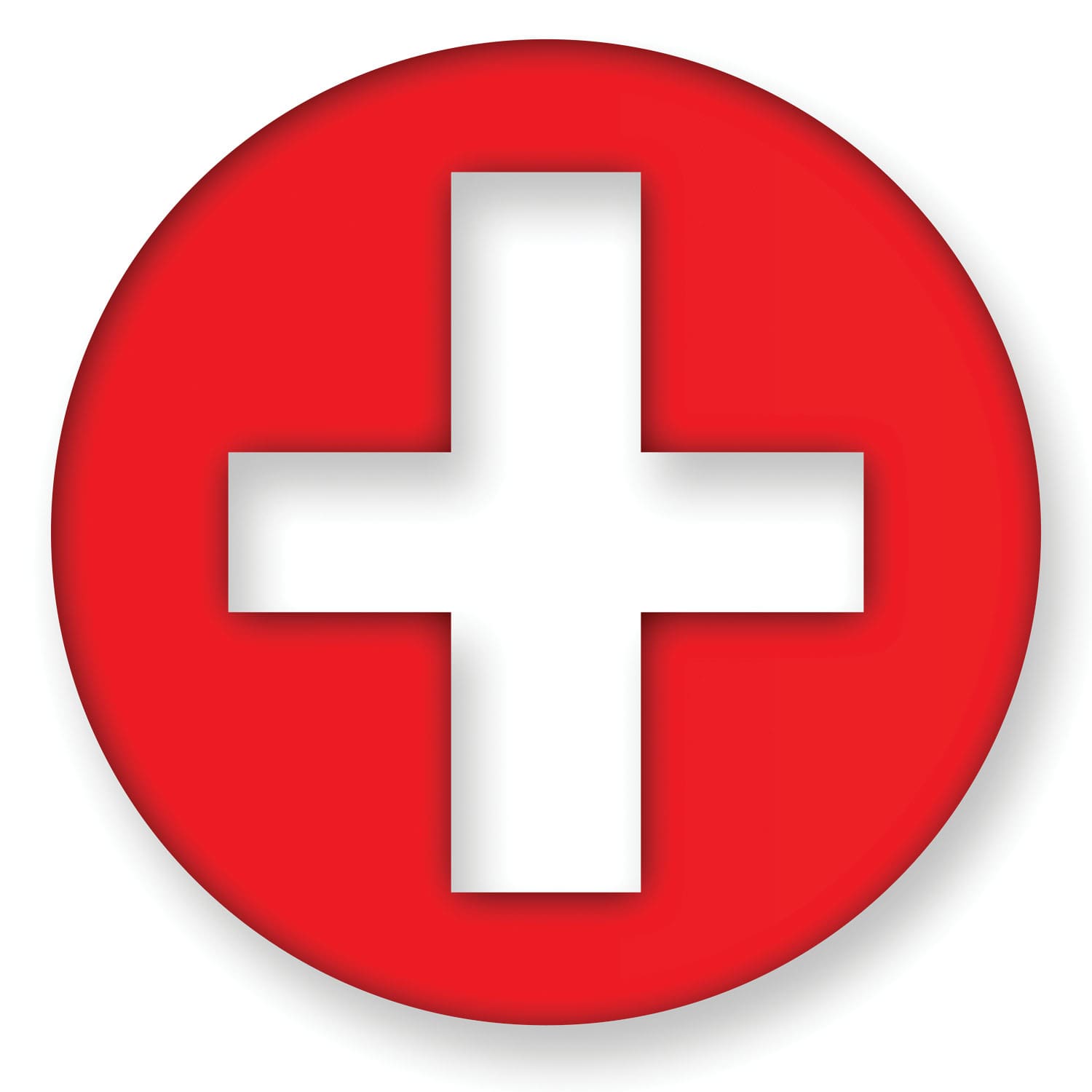Six days ago, Barbara Frost, age 52, started taking 15 mg of olanzapine (Zyprexa) P.O. b.i.d. for schizophrenia. Over the last 2 hours, you note that she has become increasingly confused and agitated. Her movements are animated and repetitive. When she becomes violent, you get help to apply physical restraints.
Assessment hints
Though the patient’s eyes are open, she doesn’t track or focus. Her pupils are dilated and reactive. And she’s mute.
Later, she develops lead-pipe muscle rigidity in her arms, and her legs rock rhythmically. Her skin is hot and extremely diaphoretic. Her temperature is 102.7º F (39.3º C); heart rate, 130 beats/minute; and respiratory rate, 36 breaths/minute. Ms. Frost’s blood pressure ranges from 88/62 to 196/126 mm Hg. Her oxygen saturation is 95% on room air, and her lungs are clear.
Call for help
You know that hyperthermia, confusion, tachycardia, and tachypnea can result from CNS infections such as viral encephalitis, psychotic disorders such as malignant catatonia, and systemic disorders such as heatstroke. But you also know that Ms. Frost’s signs and symptoms may indicate neuroleptic malignant syndrome (NMS)—a rare, potentially lethal adverse reaction to atypical antipsychotic drugs such as olanzapine. Distinguishing NMS from the other disorders can be difficult, but because NMS can kill quickly, you immediately call the psychiatric house officer and the rapid response team (RRT).
On the scene
On arrival, the physician orders stat laboratory tests, and findings include mildly elevated liver enzyme levels, normal electrolyte levels, and a normal renal panel. The creatine kinase (CK) level is markedly elevated at 12,000 U/L, probably because of the patient’s muscle rigidity.
The RRT inserts an I.V. line and begins aggressive I.V. volume repletion and active cooling measures. The physician discontinues the antipsychotic and initially orders 2 mg of lorazepam (Ativan) I.V. and 50 mg of diphenhydramine (Benedryl) I.V. Within 30 minutes, the patient’s delirium and muscle rigidity begin to subside, and she can talk. Within 4 hours, her vital signs are normal.
Outcome
Three days later, Ms. Frost’s CK level is normal. Her physician withholds all antipsychotic drugs for 2 weeks, and then resumes olanzapine therapy at a lower dose. But mild signs and symptoms of NMS reappear. Again, all antipsychotics are withheld, and the physician considers other therapies, including electroconvulsive therapy.
Education and follow-up
You explain to Ms. Frost that her medication, even in low doses, is causing a life-threatening condition called neuroleptic malignant syndrome. You also make sure she knows that this type of drug can’t be prescribed again.
The signs and symptoms of NMS may include autonomic instability (labile hypertension, diaphoresis, tachycardia, tachypnea, and incontinence), hyperpyrexia, altered consciousness (mutism, catatonia, and confusion), extrapyramidal effects, and muscle rigidity. The muscle rigidity and subsequent increased muscle metabolism lead to myonecrosis and rhabdomyolysis, significantly increasing CK levels. Left untreated, NMS may cause renal failure and cardiovascular collapse from hyperthermia.
Pinpointing NMS as the cause of Ms. Frost’s signs and symptoms is challenging. The lead-pipe rigidity is a hallmark sign of NMS, but some other symptoms, such as the rhythmic leg rocking, are not. When assessing Ms. Frost’s deteriorating condition, however, your responsibility isn’t to diagnose NMS. It’s to recognize that the combination of the prescribed medication and Ms. Frost’s signs and symptoms makes life-threatening NMS a strong possibility— and to call for help.
Leslie Dubbin is Administrator on Duty and Chair of the Medical Emergency Response Team (MERT). April Clock is a Charge Nurse in the Emergency Department and a Responder for the MERT. Both work at San Francisco (California) General Hospital and Trauma Center.


















